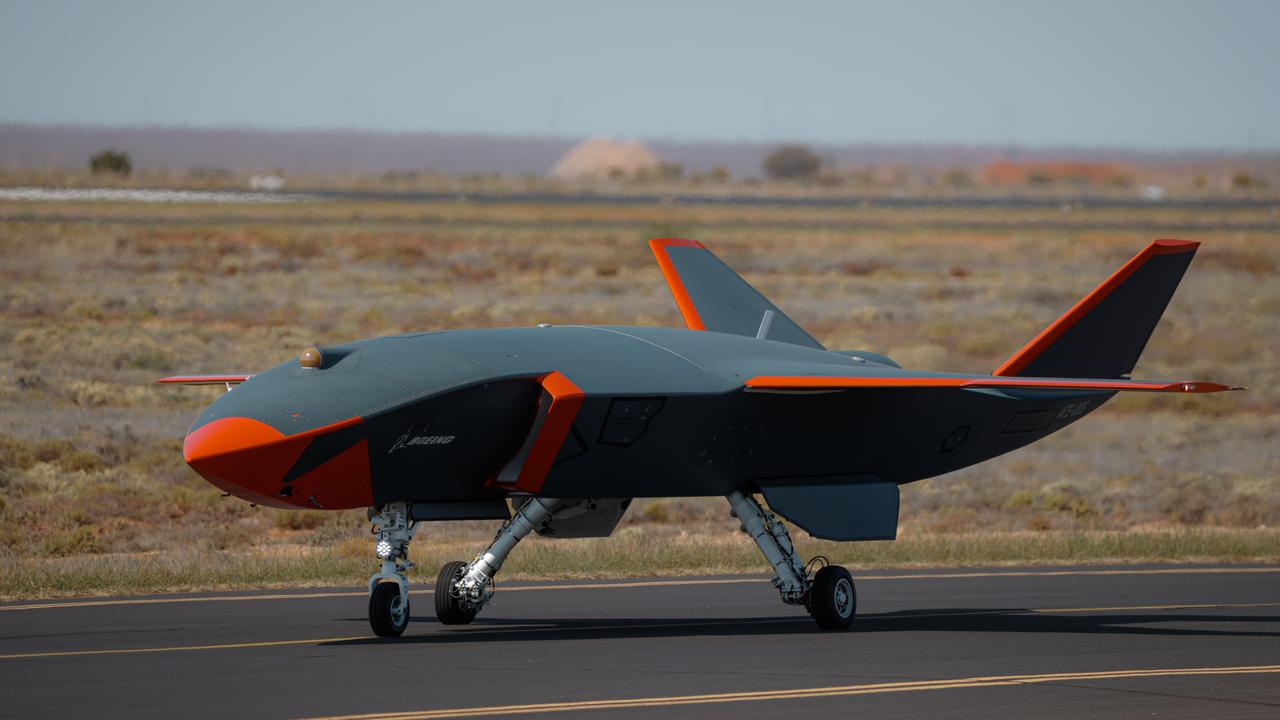Australia playing a major role in hypersonic missile development
Missiles are getting faster – from subsonic to supersonic and now next generation hypersonic weapons are starting to be fielded.

Missiles are getting faster – from subsonic to supersonic and now next generation hypersonic weapons are starting to be fielded.
A hypersonic missile is defined as one that travels at more than Mach 5.5 or close to 7km per second. At this speed, they are so fast that they are impervious to countermeasures because they outpace conventional detection, targeting and engagement methods – and they have so much kinetic energy that in many cases they might not even need a warhead to destroy a target.
The Defence Science & Technology Group (DSTG) has been researching this field for about 15 years, starting ahead of many larger nations and giving Australia a niche area of expertise. This has been understood by the US and has led to two collaborative projects: the initial HIFiRE (Hypersonic International Flight Research Experimentation Program) and its successor SCiFIRE (Southern Cross Integrated Flight Research Experiment). As well as Australian and American defence researchers, local academia and industry has been involved through companies such as Boeing and BAE Systems.
Hypersonic missiles are considered a military breakthrough technology, along with domains such as autonomy, AI and quantum computing. Several nations have active R&D programs, including China and Russia. The latter has used fearsome hypersonic air launched Kinzhal KH-47M2 cruise missiles with a speed of Mach 12 and a 500kg warhead during the early phases of its invasion of Ukraine.
It is no surprise that this field is one of the priority areas for the AUKUS agreement, with Defence explaining: “Defence is undertaking research and development in technologies associated with high speed and hypersonic strike weapons, and defensive systems against advanced, hypersonic missile threats. This includes partnerships with a number of Australian universities as well as numerous small to medium enterprises.
“Defence is also working under a collaborative agreement with the United States to develop and test hypersonic missile prototypes. The SCIFiRE agreement aims to cooperatively develop and flight test full-size prototype hypersonic cruise missiles. The SCIFiRE program is based on more than 15 years of collaboration between Australia and the United States on science and technology research into hypersonic scramjets, rocket motors, sensors, and advanced manufacturing materials.
“Hypersonics is also one of the priority areas under the Next Generation Technologies Fund (NGTF).”
BAE Systems Australia, head of Future Business – Defence Delivery, Mat Jones adds: “There’s not a lot I can say about missile performance because of classification issues, but what is clear is that the Australian hypersonic body of knowledge rivals that of anywhere else in the world. Across industry, the DSTG, and academia there is a lot of expertise that can be built on.”
Much of the early work focused on achieving the enormous, sustained speeds necessary to make the technology viable. Now the efforts are including missile sensor performance, manoeuvrability and data links, as well as countermeasures.
Australia will investigate local development and production of missiles through the sovereign Guided Weapons and Explosive Ordnance enterprise, most likely in collaboration with international partners.


